If you’ve seen recent marine documentaries, you may have marveled at underwater video footage of significant-size species like sharks and rays. Imagine, then, capturing similar footage yourself, from your very own yacht. The International SeaKeepers Society will make it happen. In fact, the organization will give you a free underwater video camera, to help it capture much-needed shark and ray population data.
SeaKeepers is handing out BRUVS, or baited remote underwater video stations. Created by a division of the Australian government, BRUVS are used by researchers worldwide to survey fish. The cameras sit stationary on the sea floor and use bait to attract all sorts of species. Notably, they’re especially helpful in deep water, plus on coral reefs and in inter-reef areas. Furthermore, they help film big species like sharks and rays, which tend to avoid scuba divers or cameras under tow. Besides capturing images of fish, the underwater video stations take footage of their habitats.
Both species data and habitat data is important to SeaKeepers for this project. It’s providing BRUVS with the assistance of Florida International University. Together, they’re collecting data for Global FinPrint, reportedly the world’s largest reef shark and ray survey. (On a related side note, Global FinPrint is an initiative of Paul Allen, the owner of Octopus. He’s also a longtime SeaKeepers supporter.) According to the FinPrint website, “The research will improve our understanding of how elasmobranchs influence the coral reef ecosystem and how humans impact these species and their habitats. Ultimately, the consolidation of this collaborative global research into one single analysis will aid management and conservation efforts for life on the reef.”
Here’s how to participate. Contact Julienne Beblo, SeaKeepers’ associate director of programs. Following your conversation, within about a month, you’ll receive a free BRUV. SeaKeepers will train you and/or your crew on how to use the underwater video. Alternately, the organization will send a scientist to deploy it. Either way, you’ll start augmenting much-needed scientific data. Your BRUV will help researchers compare reefs from region to region. They’re examining factors like water temperature in affecting the number, types, and sizes of sharks and rays on these reefs.

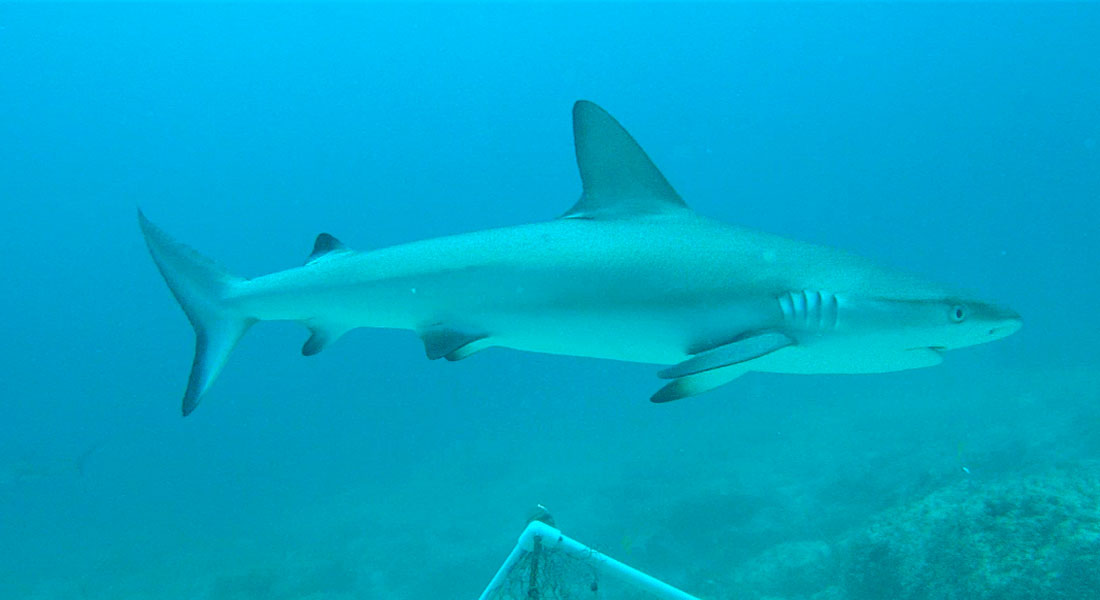
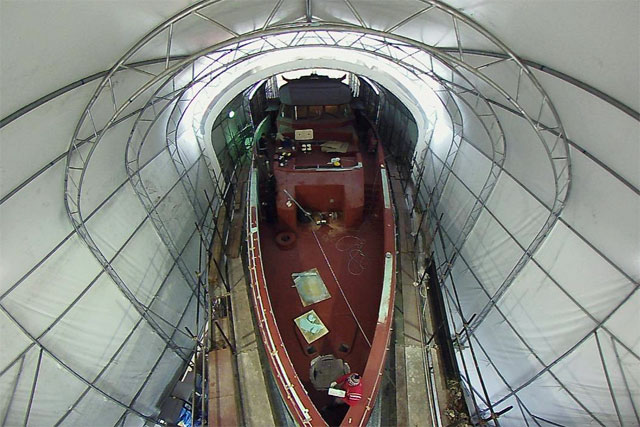
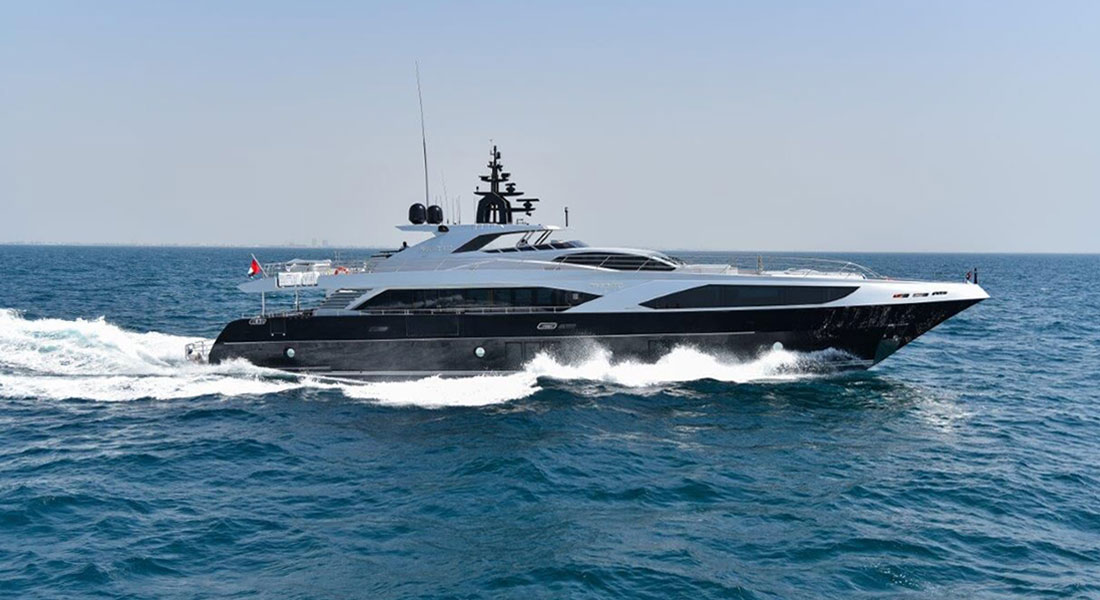
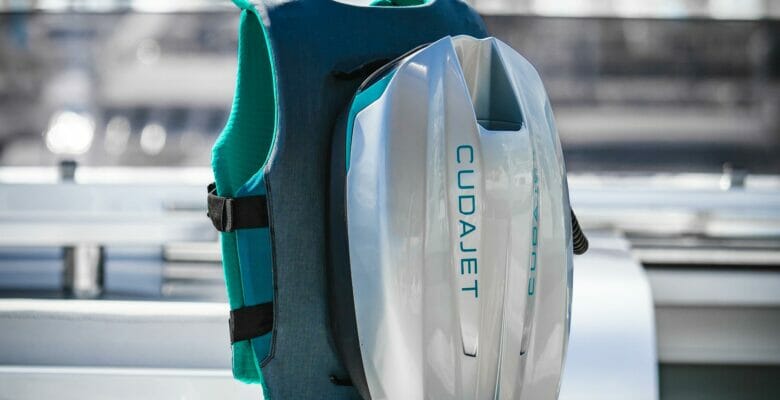
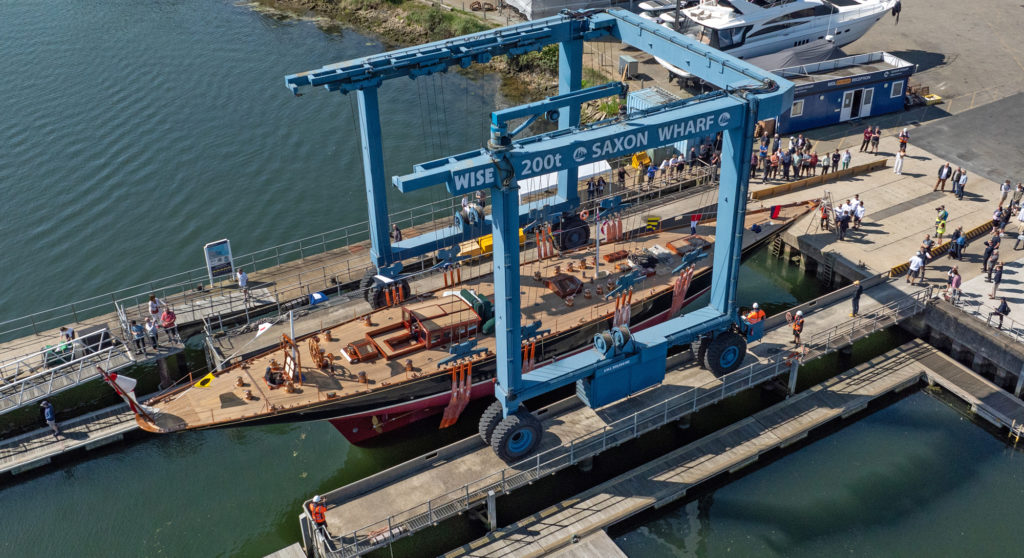

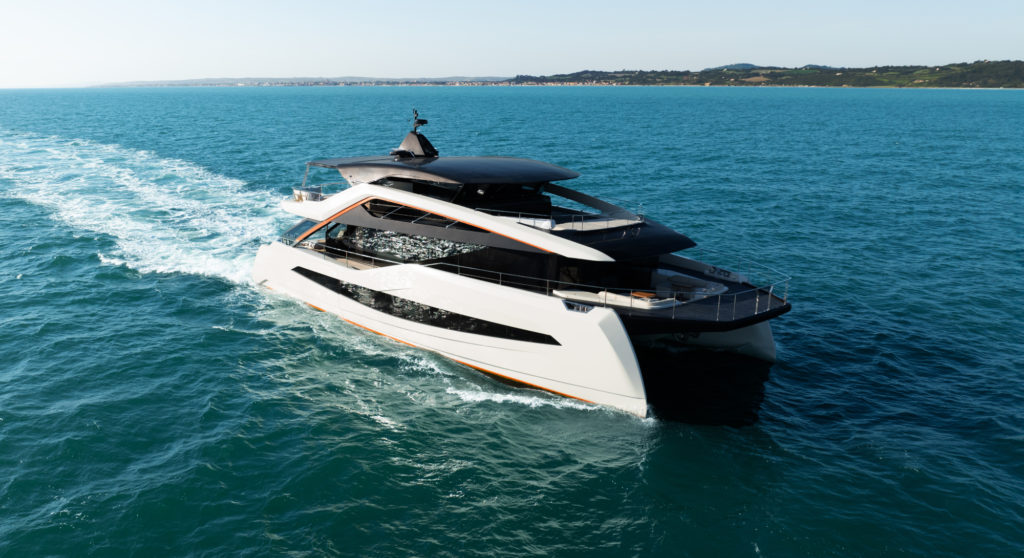


Leave a Reply